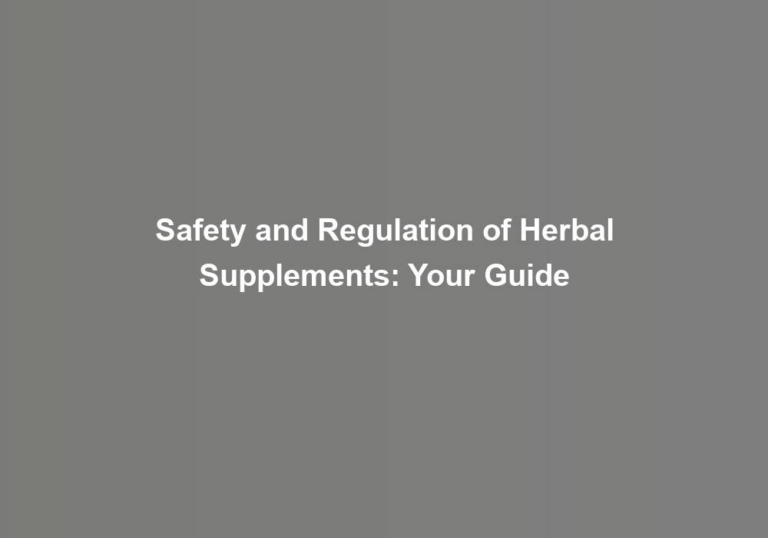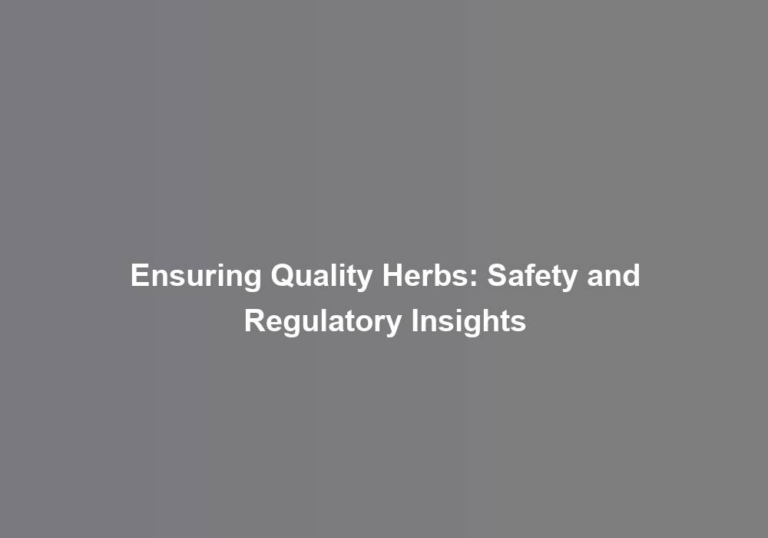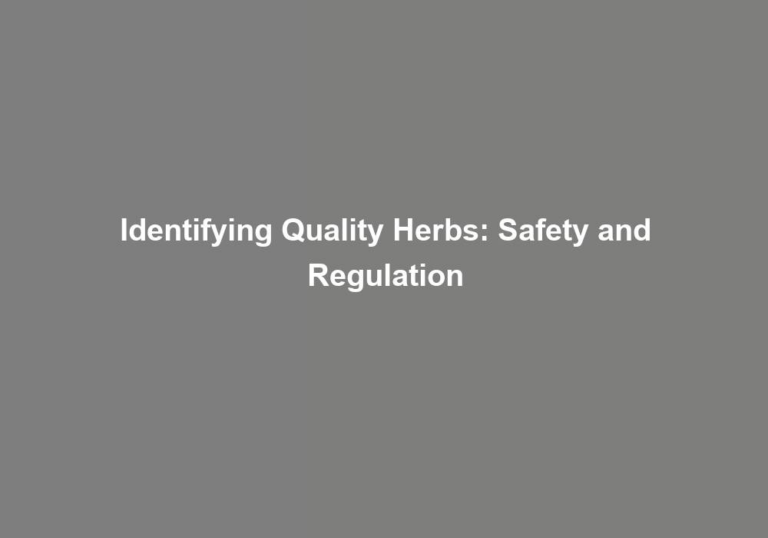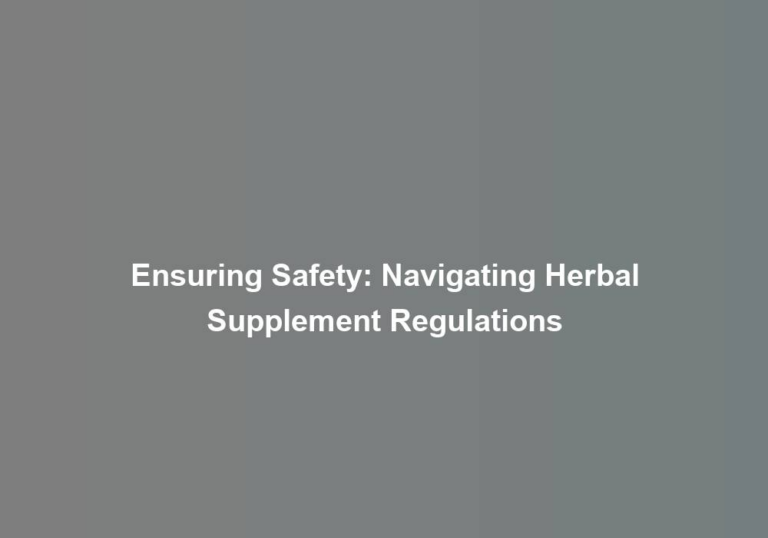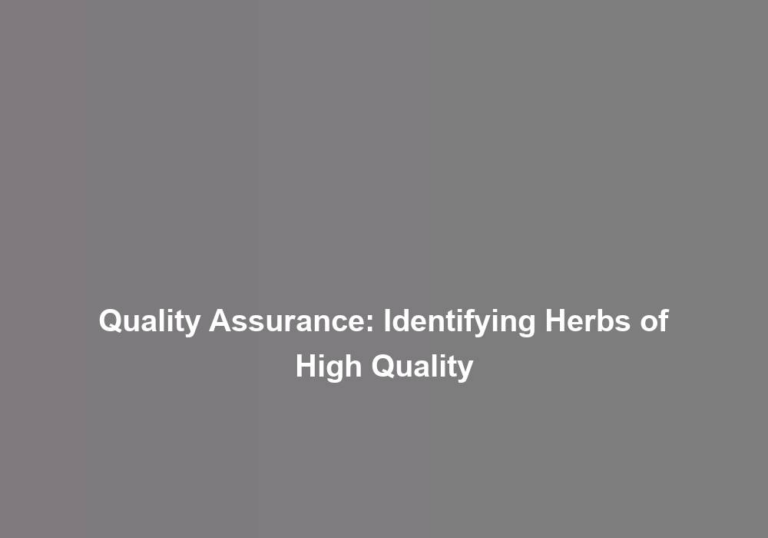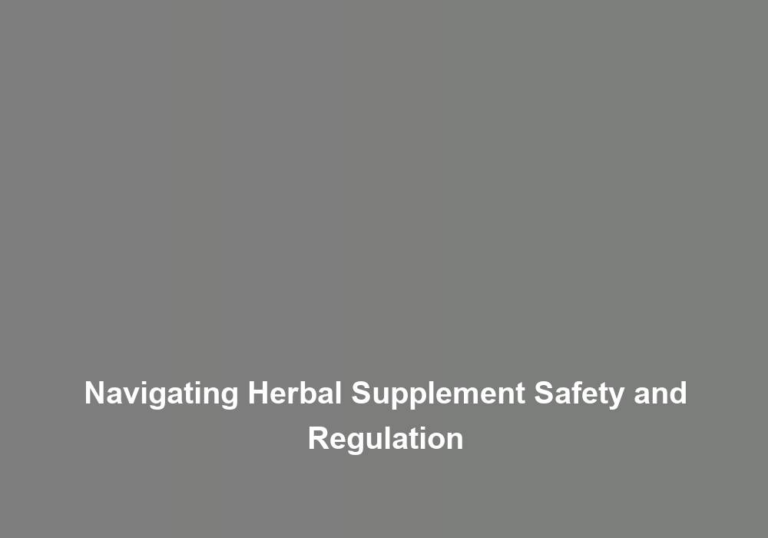FDA Guidelines for Safety and Regulation
YouG??ve probably heard the saying, G??Better safe than sorry.G?? When it comes to the regulation and safety of medical products and food, the FDA plays a crucial role in ensuring that these items meet certain standards. But what exactly are these guidelines, and how do they impact the healthcare and food industries? LetG??s explore the FDAG??s role in safety and regulation, the standards set for medical products and food safety, as well as the compliance and enforcement measures in place to safeguard public health. Understanding these aspects can provide valuable insight into the impact of FDA guidelines on the products we use every day.
FDAG??s Role in Safety and Regulation
The FDA actively oversees the safety and regulation of food, drugs, medical devices, and other products to ensure public health and well-being. When it comes to drug approval, the FDA plays a crucial role in evaluating the safety and efficacy of new medications before they reach the market. This process involves rigorous testing and review of data from clinical trials to ensure that the benefits of the drug outweigh any potential risks. The FDAG??s role in drug approval is essential for safeguarding the health of consumers and maintaining trust in the pharmaceutical industry.
In addition to its role in drug approval, the FDA implements various consumer protection measures to ensure the safety of products on the market. This includes monitoring and inspecting facilities where drugs are manufactured to ensure they meet quality standards and are produced in a safe and sanitary environment. The FDA also routinely reviews and evaluates adverse event reports and takes action when necessary to protect the public from potential harm.
Furthermore, the FDA provides guidance and regulations to industry professionals to ensure compliance with safety standards and best practices. This helps to create a level playing field and ensures that all companies adhere to the same high standards, ultimately benefiting consumers.
Medical Product Guidelines
Discussing the topic of G??Medical Product GuidelinesG?? naturally follows from the FDAG??s pivotal role in ensuring the safety and regulation of various products, including drugs and medical devices. When it comes to medical devices, the FDA has established a system for classifying them based on their level of risk. This system, known as medical device classification, helps to ensure that appropriate regulatory controls are applied to different types of devices. Class I devices, such as tongue depressors and bandages, are considered low risk and are subject to general controls. Class II devices, like powered wheelchairs and some pregnancy test kits, are higher risk and require special controls to provide reasonable assurance of safety and effectiveness. Class III devices, such as implantable pacemakers and HIV diagnostic tests, pose the highest risk and are subject to the most stringent regulatory requirements.
In the realm of pharmaceutical testing, the FDA plays a crucial role in setting guidelines for the development and testing of new drugs. These guidelines encompass the entire process of drug development, from preclinical testing in the laboratory to clinical trials in human subjects. By outlining the specific requirements for each phase of testing, the FDA ensures that pharmaceutical companies adhere to rigorous standards in demonstrating the safety and efficacy of their products. This ultimately serves to protect the public from unsafe or ineffective drugs while facilitating the availability of new and beneficial treatments. In essence, the FDAG??s medical product guidelines are instrumental in upholding the safety and effectiveness of medical devices and pharmaceuticals, providing a sense of security and trust for both healthcare professionals and the general public.
Food Safety Standards
When ensuring food safety standards, it is essential to implement rigorous controls and protocols to safeguard against potential health hazards. Proper food handling and contamination prevention are crucial aspects of maintaining food safety. The following table outlines key elements for ensuring food safety standards:
| Key Elements | Description |
|---|---|
| Hygiene | Ensure that all personnel involved in food preparation maintain high levels of personal hygiene. |
| Cross-contamination | Implement protocols to prevent cross-contamination between raw and cooked foods. |
| Temperature Control | Monitor and control temperatures during food storage, preparation, and serving to prevent bacteria growth. |
| Cleaning and Sanitation | Establish regular cleaning schedules and use appropriate sanitizers to maintain a hygienic environment. |
Compliance and Enforcement
Transitioning from the focus on food safety standards, it is critical to ensure compliance and enforcement of regulations to uphold the highest levels of public health and safety. When it comes to compliance measures, the FDA emphasizes the importance of adherence to established regulations. This involves companies and individuals in the food industry following the set standards for production, labeling, and distribution of food products. The FDA conducts regular inspections to verify compliance, ensuring that all aspects of food safety regulations are being met.
Enforcement actions play a crucial role in maintaining regulatory standards. The FDA is empowered to take various enforcement actions when non-compliance is identified. These actions may include issuing warning letters, product recalls, seizure of contaminated products, and even legal prosecution in severe cases of non-compliance. By taking these steps, the FDA aims to deter non-compliance and ensure that the regulations are followed diligently to safeguard public health.
It is important to note that compliance and enforcement are not punitive measures but rather safeguards to protect consumers. They ensure that food products meet the required safety standards before they reach the market, reducing the risk of foodborne illnesses and potential harm to consumers. The FDAG??s commitment to rigorous compliance measures and enforcement actions underscores its dedication to upholding the highest standards of food safety.
Impact on Healthcare and Food Industries
The impact of FDA regulations on the healthcare and food industries is profound, influencing various aspects of production, distribution, and consumer safety. One significant impact is the economic implications on both industries. The FDA guidelines and regulations require companies to invest in research, development, and compliance, which can lead to increased production costs. This, in turn, can affect pricing, profitability, and investment in innovation within the industries. Additionally, the regulations can also lead to changes in distribution strategies, as companies may need to adjust their supply chain processes to comply with FDA standards, potentially impacting the overall efficiency and cost-effectiveness of distribution.
Furthermore, FDA regulations play a crucial role in shaping consumer confidence in the healthcare and food industries. By setting safety and quality standards, the FDA helps to build trust among consumers. When consumers are confident in the safety and efficacy of healthcare products and the quality of food items, they are more likely to make purchases, driving demand and sustaining the industries. Conversely, any breaches or failures in compliance can erode consumer trust, leading to negative impacts on sales and industry reputation.
Conclusion
So, as you can see, the FDAG??s guidelines play a crucial role in ensuring the safety and regulation of medical products and food. By adhering to these standards, the healthcare and food industries are able to maintain high levels of safety and quality for consumers. ItG??s important to stay informed and compliant with FDA regulations to uphold the integrity of products and promote public health.


